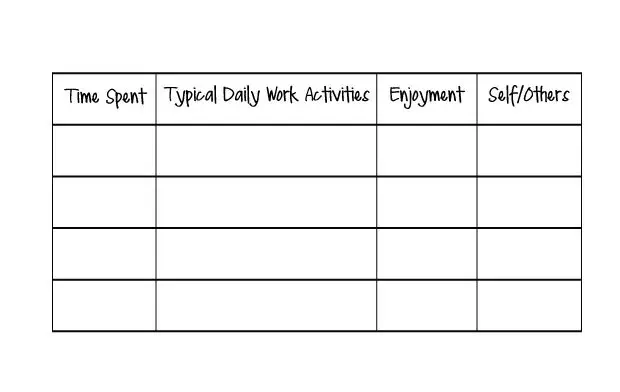As a principal, I know that this is the time of year when my teachers start feeling overwhelmed. It’s several months into the year, their workload is piling up, and stress is high. This is not unique to any one school. This is universal.
I wanted to take a moment to reflect on self-care. Teachers and all school staff give every ounce of energy and effort they have to begin a school year in the best way for each and every student that become their responsibility. They are all taking care of so many. This is why it is so important to prioritize awareness of yourself. No one can manage the daily load of teaching a classroom of children if they are underwater in stress.
I look at self-care as instilling the same things in ourselves that we hope to instill in our students. It’s a parallel process. Here are my top three suggestions on how to escape that mid-fall rut and get back on track.
1. Take a self-care assessment.
I love this assessment tool in, “Mindfulness for Teachers” by Patricia Jennings. In it, she asks teachers to explore how they are currently caring for themselves by filling out the following chart. She instructs us to write down our typical activities, the amount of time we spend on each activity, our level of enjoyment (on a scale of 1 – 4), and what percentage of the activity is focused on yourself or others. So, her example is that you spend 20 minutes making lunch for your family. It’s mundane but you enjoy the feeling of doing something for your kids. So you give it a 3 for enjoyment, and since it’s entirely for others, you give it a 0%/100% on percentage focused on self/others.

2. Make a self-care plan.
After you’ve taken a look at your daily life, you might notice that you spend a lot of time doing activities that you don’t enjoy, or that most of your life is focused on others and hardly any on yourself. This is what can guide you into making a plan. Don’t get overambitious – start with one shift at a time. Nothing stresses you out like stressing about stress! Think of one small thing you can do each day that brings you enjoyment or that is entirely for yourself. In the same book, Jennings breaks self-care down into the following categories: physical (such as exercise, relaxation, massage), emotional (a party with friends, dinner with family, an emotional film), intellectual (reading the paper, taking a class, having intellectual conversations), and inner life (religious services, mindfulness, reading a poem). She encourages us to fill out the following two charts to build our self-care plan.
Things I Do Now:

Self-Care Plan:

3. Notice and care for others
This is the big area that I focus on with my teachers. The feeling of being overwhelmed naturally causes disconnect. I try to encourage everyone to connect. Be aware of yourself and others. (Just like we want our students to be!) Take time to check in with your colleagues. This creates a collective sense of responsibility – we all work together to get through this. Thinking about others causes us to step outside of our own sense of anxiety and stress and builds up our empathy for our peers. We ask our students to do this all the time. But when we feel overwhelmed ourselves, we often forget these basic lessons. Intentionally build a culture where everyone is looking out for each other. People will still feel stressed and overwhelmed – teaching is hard – but when you make it through the other side, you’ll be a lot more connected and grateful as you begin the stretch to winter break. Energized teachers and schools can capitalize on each and every day to engage kids during a time of year where excitement is everywhere! Might as well be at school, too!
Share with
Related Resources